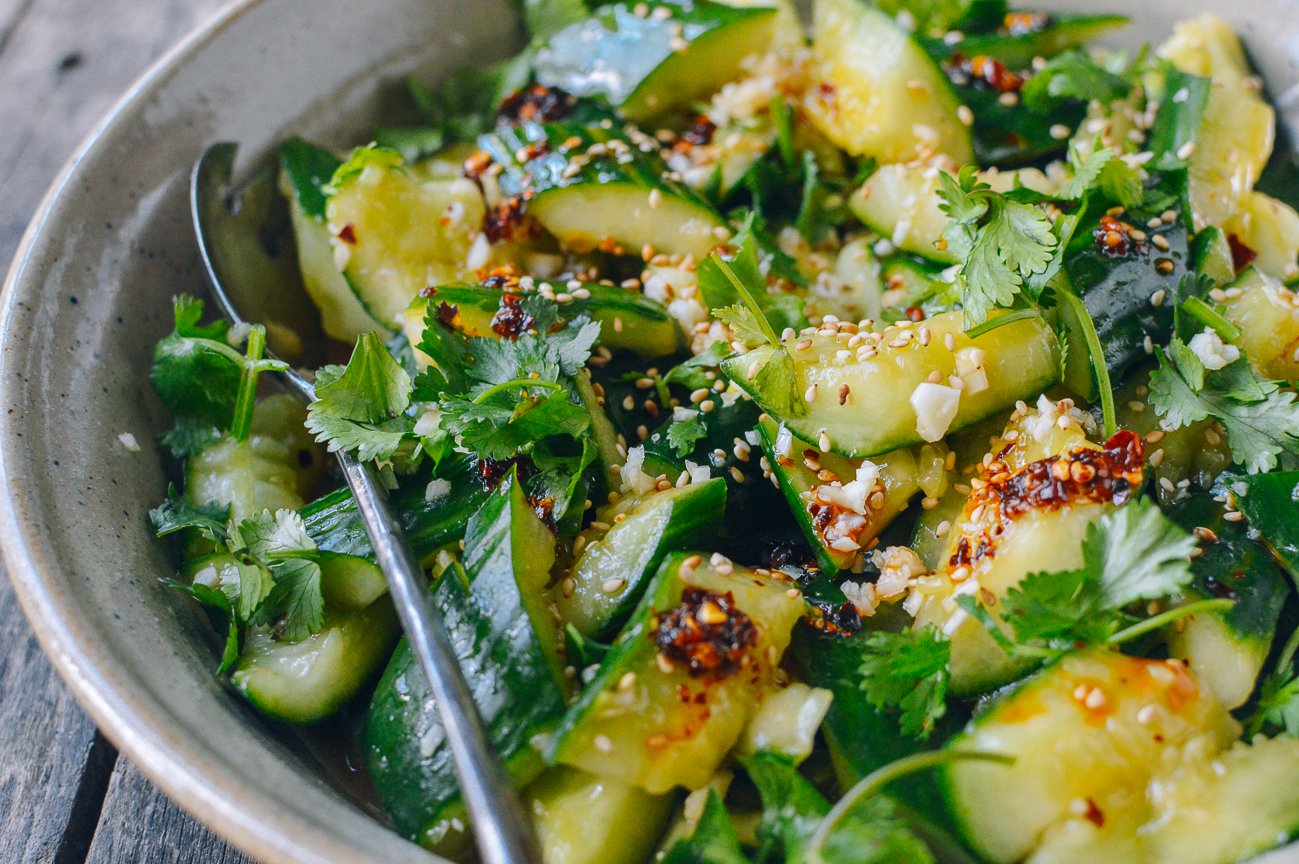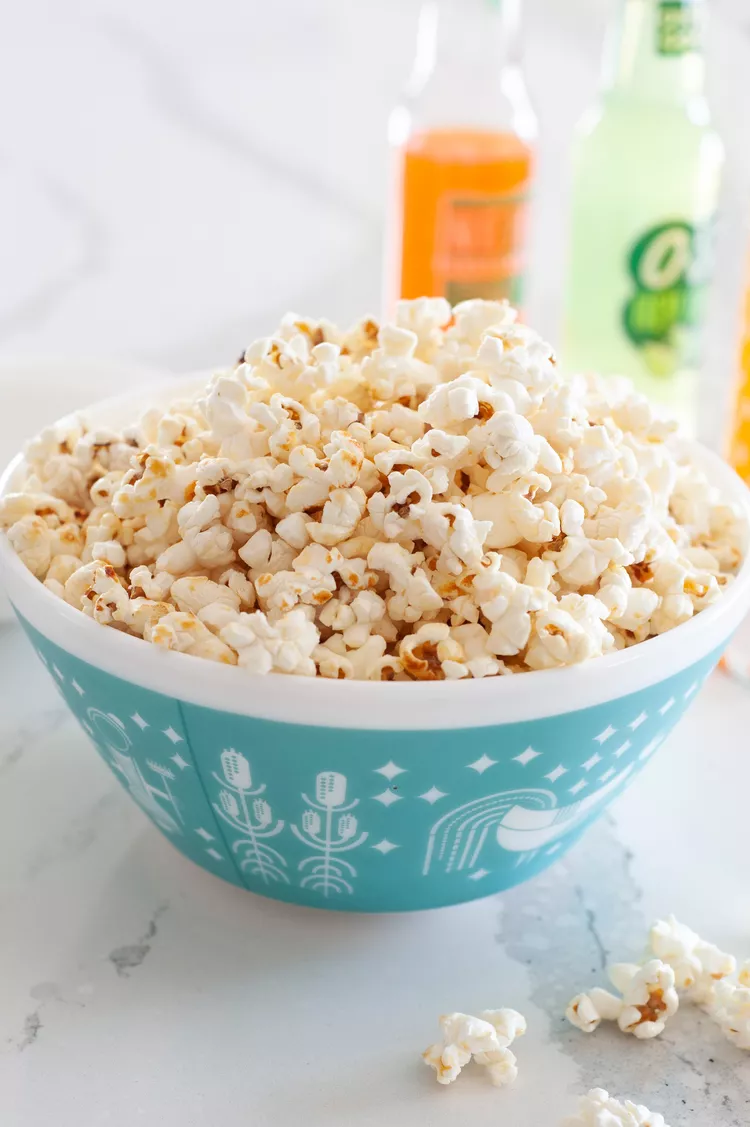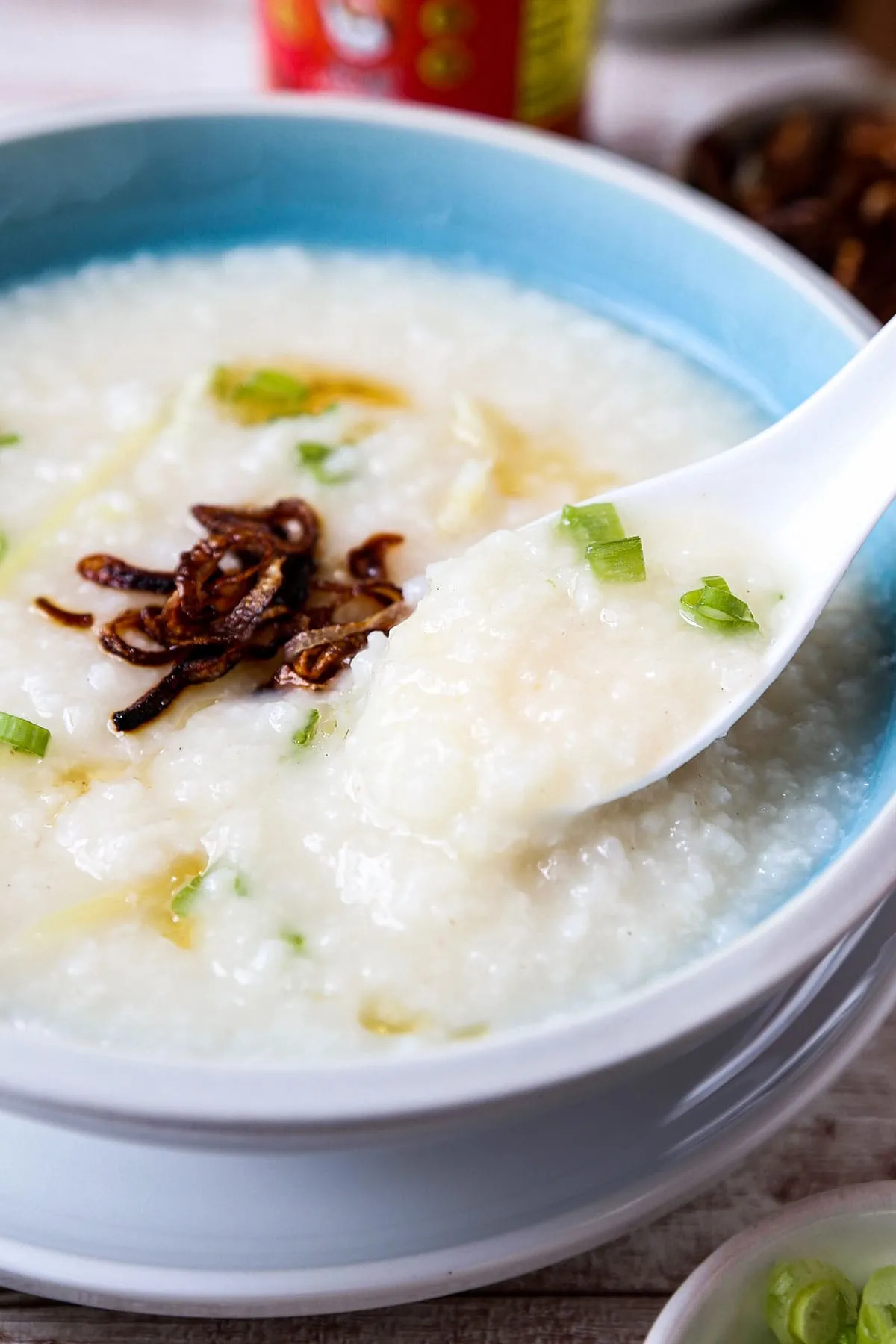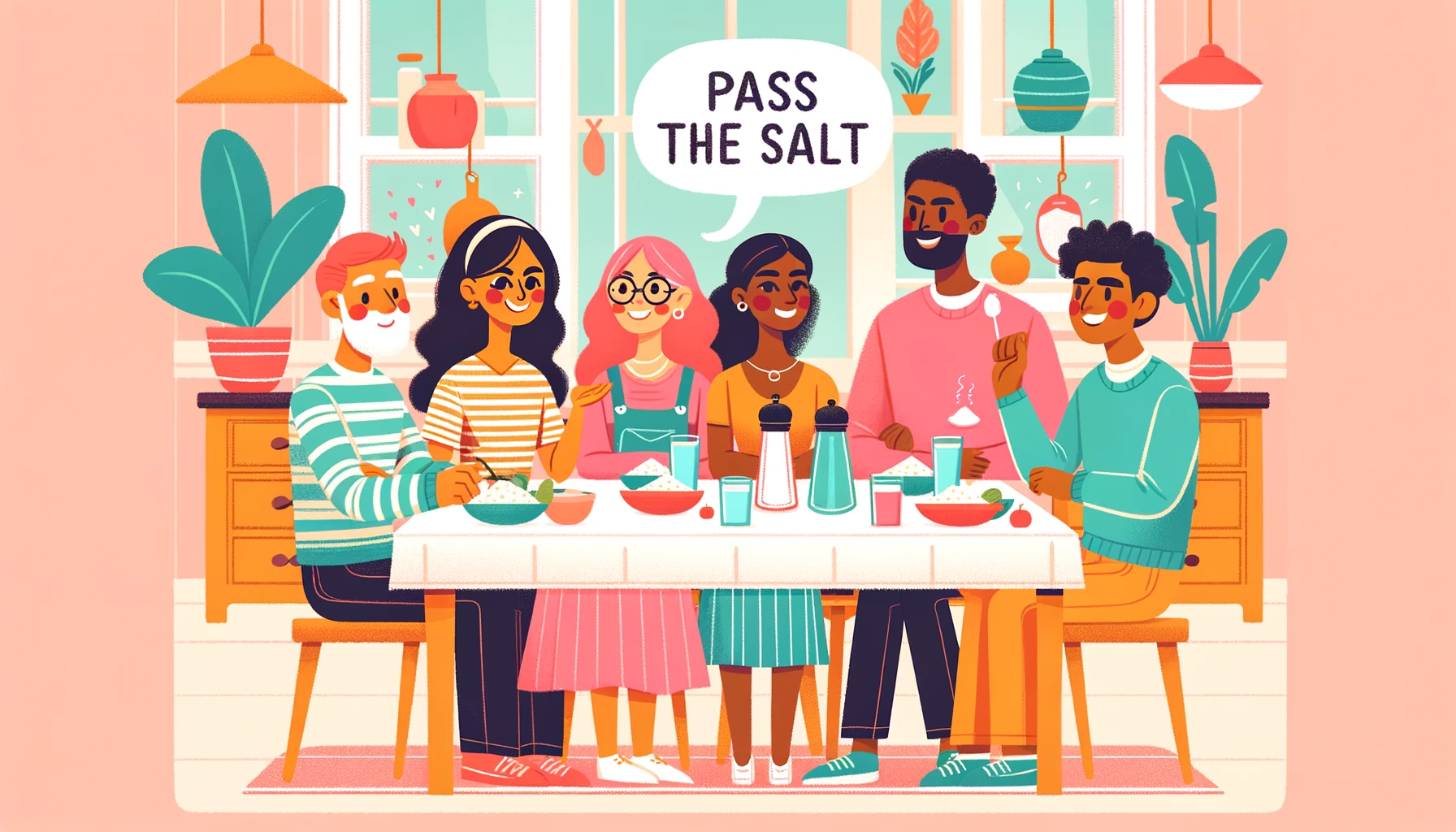
When I was diagnosed with POTS, my doctor emphasized the importance of adopting a high-sodium diet. My doctor recommended increasing my intake to 2,000 - 3,000 mg of sodium per day. So, I thought I just had to eat 2,000 - 3,000 mg of salt a day.
It turns out I was wrong. Ingesting 1,000 mg of salt is not the same thing as ingesting 1,000 mg of sodium. Salt and sodium are not the same.
According to Harvard’s School of Public Health, salt contains 40% sodium and 60% chloride. If I’m getting all my sodium from salt, this means I need to eat more salt than 2,000 mg to read my required sodium intake.
How Much Salt Do I Need for POTS
To find out how much salt you need for a specific amount of sodium, multiple the sodium by 2.5. For example, consuming 2,000 mg of sodium equates to approximately 5,000 mg (5 grams) of salt. So, to meet my doctor’s recommendation of 2,000 - 3,000 mg of sodium a day, I’d need to ingest 5,000mg (5 grams) - 7,500 (7.5 grams) of salt a day.
Even though I was recommended a high sodium diet, the specific amount of sodium a person needs will vary based upon your individual health condition. It’s always best to talk to a doctor before beginning a high sodium diet.
Why Does Salt Help POTS
Based on a study released in 2021, salt helps with POTS because the sodium in it increases the blood volume in the body, keeps your standing blood volume higher, and decreases heart rate. POTS is characterized by a low amount of blood returning to the heart when standing. This leads to the classic POTS symptoms such as dizziness, lightheadedness, fainting, etc. To combat this, doctors aim to increase blood volume in the body.
Sodium plays a crucial role in the process by pulling water into the bloodstream, thereby increasing blood volume and providing the heart with more blood to pump.
Managing Sodium Intake
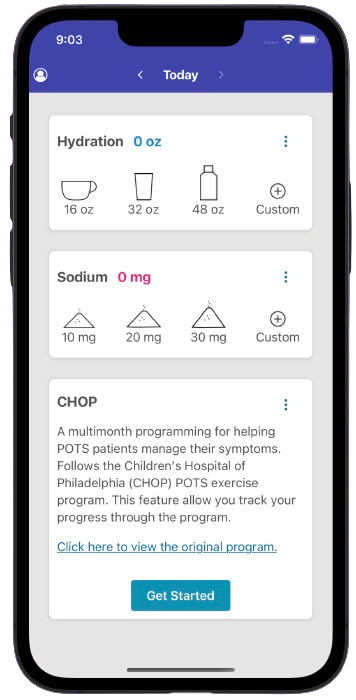
To help manage my increased sodium requirements, I incorporated a sodium tracker into POTSie. This tracker allows me to easily log my sodium intake throughout the day. I especially like to track sodium from extra salty sources. For example, if I drink an electrolyte drink like Gatorade, then I will log the salt.
Increased sodium intake becomes extra important during high stress times like traveling or POTS flares. During these times, I rely on POTSie’ sodium tracker to ensure I'm consuming enough extra salt to alleviate symptoms. Going through the process of logging my sodium intake reminds me to keep up my intake and shows me how far away from my goal I am. If it’s 2pm and I’ve just finished my first 1,000 mg of sodium, I know I need to increase my sodium intake for the rest of the day.
I also like the tracker because it lets me see historical trends. If I was feeling extra POTSie the other day, I can look back and see how much sodium and water I had. If they are low, then I know I need to increase my consumption and that this might have caused my symptoms.
How To Increase Your Salt Intake for POTS
I often see posts on r/POTS asking for some recommendations on how to get extra salt into a person's diet. Although we all have those salty cravings, no one wants to eat plain salt with a spoon. Also, I get tired of eating potato chips and drinking electrolyte beverages. Below are some of my favorite salty foods that I just love to eat.
Smashed cucumber salad has tons of flavor. It’s refreshing, easy on the stomach because it’s not carb heavy or fatty, and has a great flavor. The salt in the cucumbers draws out the water, making the veggies extra crunchy.
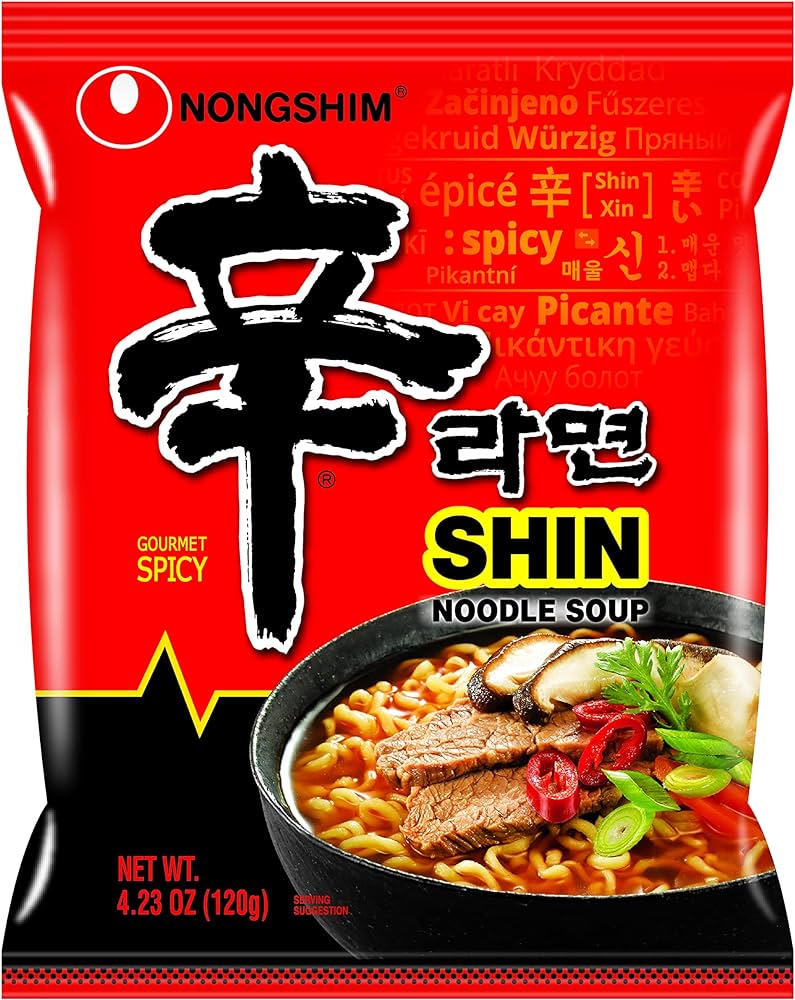
Ramen
Ramen is a sodium bomb, and there are tons of choices. Go easy on the noodles though. Eating heavy amounts of carbs causes your body to work extra hard when digesting and can lead to symptoms.
If you’re tired of eating straight salty snacks, try kettle corn. The combination of sweet and salty can’t be beat. My favorite brand is Boomchickapop.
If you don’t know congee, you’re missing out. It’s basically rice with tons of broth/water. The water stretches out the rice and makes it light on my stomach. Many people eat this as a sick food, but it’s just delicious anytime of the year. You can also put any veggie you want it in or puree (such as pumpkin, spinach, etc) to switch up the flavor.
Share Your Tips
If you have any tips for increasing your salt intake, I'd love to hear from you! Reach out to me at contact.potsie@gmail.com and share your thoughts.

